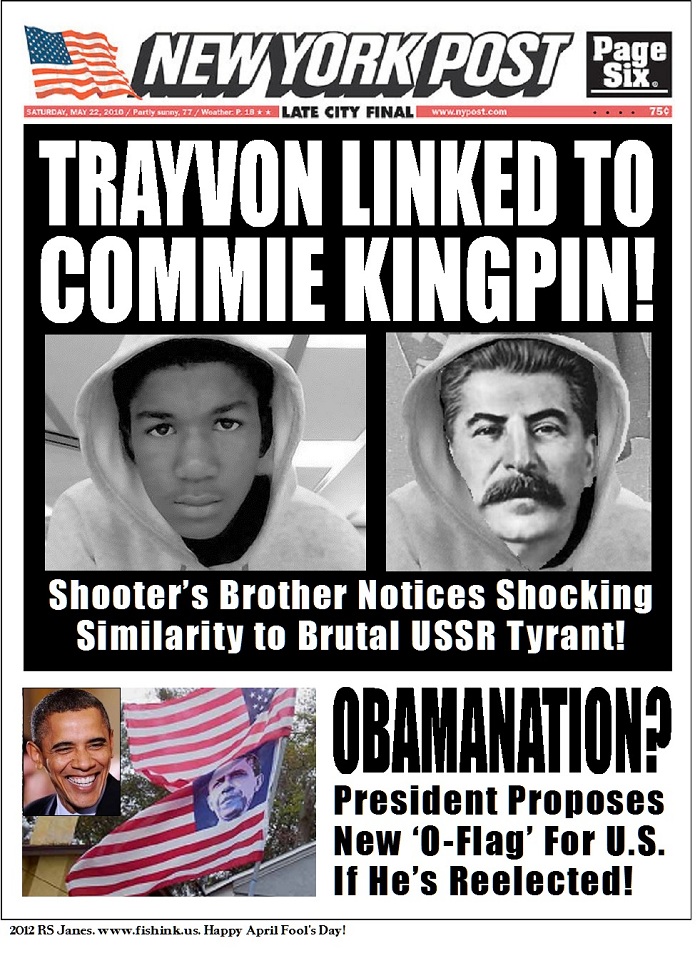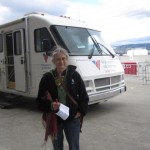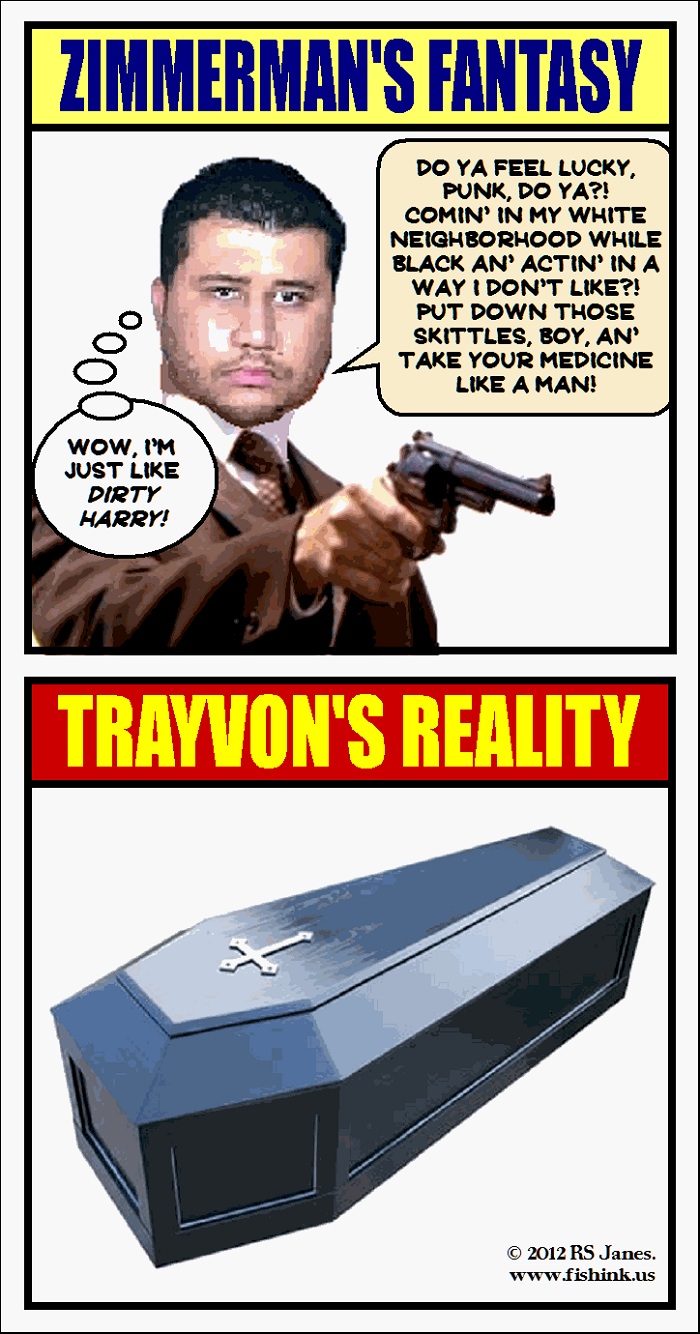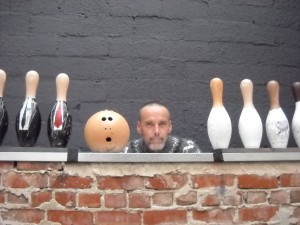Author’s note:
This one where you really should go to the source in the link at the bottom. There is an embedded video from SBS Dateline in Australia that tells an entirely different story than the one we are getting from corporate media. An Afghan-born Austalian journalist, Yalda Hakim, was the first western journalist to interview survivors and witnesses. SHe also interviews Harmad Karzai in the clip. The embedded version to the left can be found on You Tube, but there is a link to the original in the article. Check it out and ask yourself, who’s telling the truth?
Excerpt:
John Henry Browne, the defense attorney representing Staff Sergeant Robert Bales who is accused of killing 17 Afghan civilians in Kandahar earlier this month, says he cannot interview witnesses and prosecutors will not cooperate with his team’s investigation.
“We are facing an almost complete information blackout from the government, which is having a devastating effect on our ability to investigate the charges preferred against our client,” Browne said in a statement released on Friday.
According to a Reuters report, Browne claims U.S. forces in Afghanistan obstructed him and his associates from reaching the injured civilians at a hospital in Kandahar province to interview them about the incident:
When we tried to interview the injured civilians being treated at Kandahar Hospital we were denied access and told to coordinate with the prosecution team. The next day the prosecution team interviewed the civilians injured. We found out shortly after the prosecution interviews of the injured civilians that the civilians were all released from the hospital and there was no contact information for them.
That means potential witnesses will scatter and could prove unreachable, making it virtually impossible to track them down. Thus far Bales’ defense has only managed to talk to U.S. soldiers in Afghanistan, but not victims or actual witnesses of the attack.
Browne explains that the military prosecutors who filed the charges against Bales have possibly been unwilling to cooperate because “they are concerned about the strength of their case.”
Browne’s statements raise questions about whether the U.S. military really wants to punish the guilty party to the fullest extent of the law and raise suspicions that the U.S. government is concealing some ugly truth about the Kandahar massacre. In the days immediately following the incident, reports about the events in U.S. media sources widely varied from those in overseas sources.
US officials still insist that only one soldier was involved in the shootings. They showed their Afghan counterparts images captured by a surveillance camera on a blimp above the base, which allegedly shows Bales returning after the shooting. But the investigators, for some reason, withheld the surveillance video from Bales’ lawyer.
A journalist for SBS Dateline in Australia, Yalda Hakim, provides yet another account. Hakim was born in Afghanistan and as a child, immigrated to Australia. Hakim also said American investigators tried to prevent her from interviewing the children, saying her questions could traumatize them.
After appealing to village leaders, interviews were arranged. Hakim and cameraman Ryan Sheridan were granted rare access to President Hamid Karzai’s chief investigator, to survivors and their relatives, and to the area where the attacks took place. She is, perhaps, the first international journalist to interview the surviving witnesses.
In a video aired by SBS Dateline, children who witnessed the events told Hakim that other Americans were present during the massacre, holding flashlights in the yard. “One man entered the room and the others were standing in the yard, holding lights,” an eight year-old named Noorbinak told Hakim. (Note: Above link is to original video, embedded video to left was found on You Tube).
Noorbinak says in the video that the shooter first shot her father’s dog. Then she says he shot her father in the foot and dragged her mother by the hair. When her father started screaming, he shot her father again. Then he turned the gun on Noorbinak and shot her in the leg.
A brother of one victim told Hakim that his brother’s children mentioned more than one soldier wearing a headlamp. They also had lights at the end of their guns, he said. “They don’t know whether there were 15 or 20, however many there were,” he said in the video.
In all probability, the American people will never be informed of all of the details behind what really happened on March 11 in Afghanistan. It is also quite possible that Bales’ attorney will never get all of the facts. What few facts that are released will be released slowly, over time. That, unfortunately, is the norm with incidents that occur in war zones shrouded in secrecy.
Whether or not Staff Sergeant Bates acted alone, the blame will almost certainly fall on him and for that he may face the death penalty. Blaming one man, however, not only suppresses the horror of what routinely happens in all wars, but also mitigates the responsibility of those all the way up the chain of command to the Joint Chiefs of Staff, Defense Secretary Panetta, and President Obama.
Read more, get links, and video here: Madison Independent Examiner – U.S. obstruction of Afghan massacre investigation alleged














Visions of Hjortsberg
William Hjortsberg
Jack Kerouac Alley is adjacent to the City Lights Bookstore
The Vesuvius Cafe is mentioned in “jubilee hitchhiker.”
When William Hjortsberg started reading chapter twelve, “frisco,” from his new book “jubilee hitchhiker: the life and times of Richard Brautigan” (Counterpoint Berkeley hardback $42.50), and got to the lines about the role the City Lights bookstore played in the start of the Beat era in the city at the South end of the Golden Gate Bridge, it seemed rather appropriate to be hearing it with the audience in the poetry room of that very same bookstore.
In an era when perpetual growth, unlimited opportunity, and boundless optimism made it seem like America was driving a stake through the heart of poverty and that the starving artists of San Francisco were serving as artist proxies who would voluntarily submit themselves to the rigors of destitute living so that the middle class in the Eisenhower years would have some interesting and entertaining novels available to help amuse those who were enjoying the start of the era of infinite prosperity to know what life as a starving artist would be like rather than experiencing the American Dream firsthand.
The story of Richard Brautigan and a legion of others who would become the roster of celebrity artists who converged on San Francisco in the Fifties and Sixties has been fertile ground for almost all of the participants in the events that provided a gold rush opportunity for those luck enough to be there.
The World’s Laziest Journalist first heard Hjortsberg’s name when the mystery book sub-genre of vampire detectives became an obsession. Two decades ago, Hjortsberg’s books had become prized collectors’ items and so obtaining a copy of his “Falling Angel” became both a challenge and a necessity. Our quest led us to Vagabond books, back when they had a brick and mortar presence on Westwood Blvd., in Los Angeles. We asked if they had the book and they did. It was a mint condition copy. We balked at the price but mentioned how a New York Times review indicated that book was an outstanding example of the new sub-genre we were investigating. The clerk said: “Oh do you just want to read it?” We said yes and she scurried off and returned with a battered edition. It was just a “reader’s copy” and much less expensive.
That, in turn, led us to read several other Hjortsberg’s novels that were not about a vampire detective.
When we passed by the City Lights bookstore on Tuesday, March 20, and saw a flyer indicating that later in the week, Hjortsberg would be reading and signing his new book about Richard Brautigan. We decided that the event would be a twofer because we have also read some of Brautigan’s work.
Since our political punditry columns predicting that JEB will be the next President seems to upset both Liberals and Conservatives and since JEB endorsed Mitt Romney the next day, it seemed like the twofer reading and autograph party just might provide a timely and convenient opportunity to produce a column that veers away from partisan politics but still retains the right to be classified as news appropriate for use in the pop culture section.
The book was facetiously described as 50% a Brautigan biography, 50% a novel, and 50% Hjortsberg’s memoirs and that may sound like inaccurate mathematics until you see the gigantic book. The book could easily be described as an Encyclopedia of facts for fans of the Beat Generation.
The new book may revive the dormant debate about who precisely is and who is not a beatnik writer. Many of the authors mentioned in this new book are irrefutably classified as founding fathers of the Beat Generation. But some, like Brautigan, may not seem to qualify to be on the list.
One member of the audience at City Lights was a woman who was acting on behalf of her Brautigan fan husband who was out of town. One fellow came equipped with a large variety of Hjortsberg material to be signed by the author. He even had vintage copies of Playboy magazine with stories by Hjortsberg. The topic of writers’ autographs and getting books signed would provide enough material, such as the signed copies of the Philip K. Dick book that was published posthumously [signatures from his returned checks were pasted into numbered copies of the book], for an entire column.
Since Hjortsberg mentioned that James Crumley was among the vast array of writers that the author knew personally, we used that as an excuse to ask Hjortsberg during the Q and A segment of the evening a question that we had previously (at the Ocean Front Bookstore on the Venice Boardwalk) asked Crumley: “What is your favorite dive bar?” Hjortsberg responded by noting that his favorite bar in all the world did not qualify as a dive bar and that was the legendary McSorley’s Bar in New York City.
It turned out that Hjortsberg’s father owned a different bar in New York City. Later when Hjortsberg was signing copies of the new book, one member of the audience compared Brautigan unfavorably to Gene Sheppard and that caused Hjortsberg to elaborate on being influenced, as a kid, by the New York late night radio talk show hosted by Sheppard.
Luckily the massive book (Will it be compared to Boswell’s Life of Johnson? [It just was in the last sentence.]) has an Index and that will make it much easier for students of literature who want to read this new book as a source book for possible thesis material. Crumley’s name gets three pages listed and he appears in a caption in the selection of photos in the book. As best as we can recall, Crumley’s response to the question was a bar named “Mother’s” somewhere in Montana.
At this point, the fact that many of the beat writers used their own life experiences as the basis for their books, such as Brautigan did with “Willard and his bowling tropies,” caused this columnist to notice a distinct similarity to the “New Journalism” style of writing that emerged fifty years ago immediately following the Beat era. Where does the Beat style end and the New Journalism style begin? Will this new book provide fodder for a debate about that very topic?
Jack Kerouac wrote about one particular San Francisco poetry reading in 1955 in his book “The Dharma Bums.” Kerouac fictionalized the names of the participants in the actual poetry reading at the 6 Gallery. Kerouac also included some of the participants, Neal Cassady and Alan Ginsburg, with yet other fictionalized names, in his classic beat novel “On the Road.” Tom Wolfe, one of New Journalism’s founding fathers, wrote about the exploits of Neal Cassady in his work of nonfiction titled “The Electric Kool Aide Acid Test.”
When the line of those getting items autographed disappeared and we noticed that there was one copy of the new book left, we decided that it was time to start our Christmas gift shopping (Is this a manifestation of doubt concerning our claim that when JEB wins the November 2012 Presidential Election, we will do our Christmas shopping in Paris [France not Texas {should we put a visit to the town in Texas on our Bucket List?}]?) and buy the last copy and have it inscribed. (The recipient will never know we read it before giving it . . . unless they read this column and that’s not bloody well likely.)
Hjortsberg said that a great amount of material had been cut from the original manuscript to pare it down to the massive volume which was printed. During a period of skimming through the book, we encountered several topics which might warrant use as a subject for a full column in the near future, so we appreciated the challenge of the task of figuring out (as the song goes) “what to leave in and what to leave out.” If this new book becomes a runaway best seller, does that mean that sometime in the future Beatnik fans can clamor for a “director’s cut” edition which will be twice as big?
We noticed that many of the complaints of the poets and writers described in this new book sounded very familiar. That brought up a question for another potential column topic: Are the Occupy Protesters recycling the Beatnik’s criticism of “the Establishment”?
The Vesuvius Café, which is just across Jack Kerouac Alley from the City Lights bookstore, is mentioned in the book but not listed in the Index.
One of the passages Hjortsborg read described a Brautigan project that combined poems with plant seed packets “published” with the title “Plant this book.” Brautigan gave them away in the late Sixties and Hjortsborg said that ones in mint condidtion are now valued at a thousand dollars by collectors. This columnist lived in San Francisco in 1969, but we don’t know how valid our “oh yeah, I remember seeing that” memories are because this column’s closing quote is the current folk axiom: “If you can remember the Sixties; you weren’t really there.”
Now the disk jockey will play “The Age of Aquarius,” Country Joe’s “Fixin’ to die rag,” and “Big Bad Bruce” (that may have been a regional hit played only on San Francisco jukeboxes). We have to go and search for a way to exceed our life time best (in a letter to a high school classmate in Vietnam) of a quadruple end parentheses punctuation. Have a “solid!” type week.